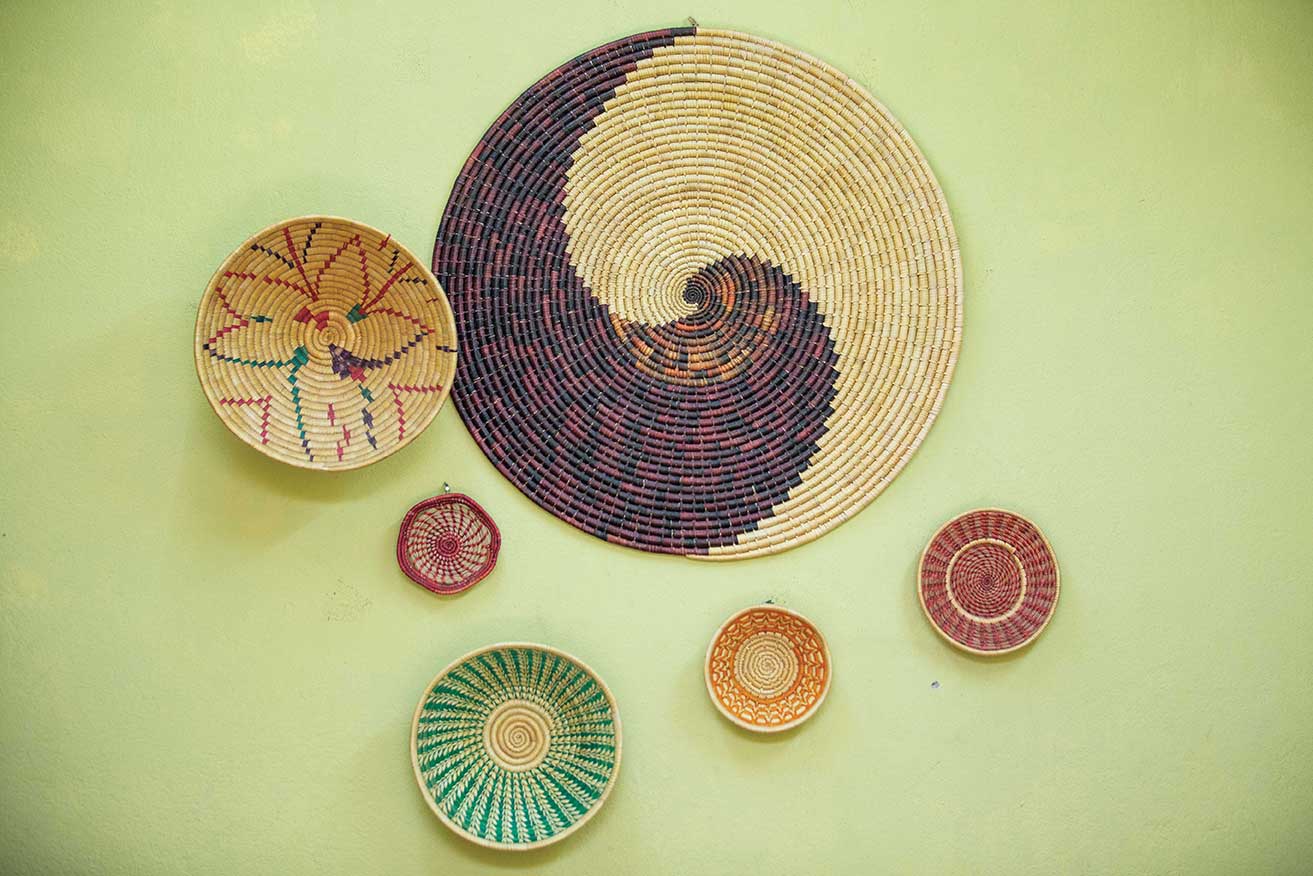If you find yourself walking around the Tundikhel and army HQ in Kathmandu, you will notice the statue of Prime Minister Jung Bahadur Rana at the north-west corner (near a pedestrian flyover). Jung Bahadur lived in a Nepal that was not too different from the political situation of today, and came to power after a massacre on the night of September 14-15, 1846. Jung Bahadur, his brothers and siblings ruled Nepal with an iron fist for 104 years till 1950. The kings of Nepal became symbolic heads of state as Jung Bahadur’s rule went from strength to strength. One key factor that helped him to consolidate his power in Nepal was his ability to impress the then monarch of Great Britain, Queen Victoria, and get her to recognize his power and position in Nepal.
 In 1850 AD, between May 25 and August 20, Prime Minister Jung Bahadur Rana made a state visit to Great Britain and was obviously quite impressed with what he saw and experienced in Europe. If you take a closer look, you will notice many features in the statue that are European. The presentation of a Nepali ruler on horseback, charging forth into battle is Western. Look at the details of his uniform, boots, sword, all similar to what the British wore in those days. The close ties with the Nepali Prime Minister paid off for the British as well when they asked him for help to suppress the Indian army mutiny of 1857.
In 1850 AD, between May 25 and August 20, Prime Minister Jung Bahadur Rana made a state visit to Great Britain and was obviously quite impressed with what he saw and experienced in Europe. If you take a closer look, you will notice many features in the statue that are European. The presentation of a Nepali ruler on horseback, charging forth into battle is Western. Look at the details of his uniform, boots, sword, all similar to what the British wore in those days. The close ties with the Nepali Prime Minister paid off for the British as well when they asked him for help to suppress the Indian army mutiny of 1857.
If you take a really good look, you will also notice that as his horse is charging forward, Jung Bahadur is actually looking behind. Unlike even the cleverest politicians of today who regard nine months in power as a long time, Jung Bahadur ruled Nepal till his death on February 25, 1877. Many people believe he did this by always covering his back. When he went to England, for example, he made his brother, Bam Bahadur, the Prime Minister.

Liquid Gold: Nepal's Beer Industry Is Growing And Changing Fast
One need only glance at the beer section of the local liquor store to see that...










